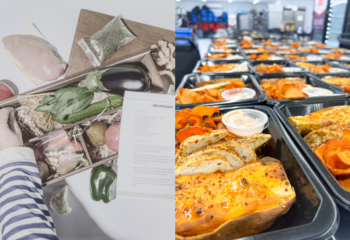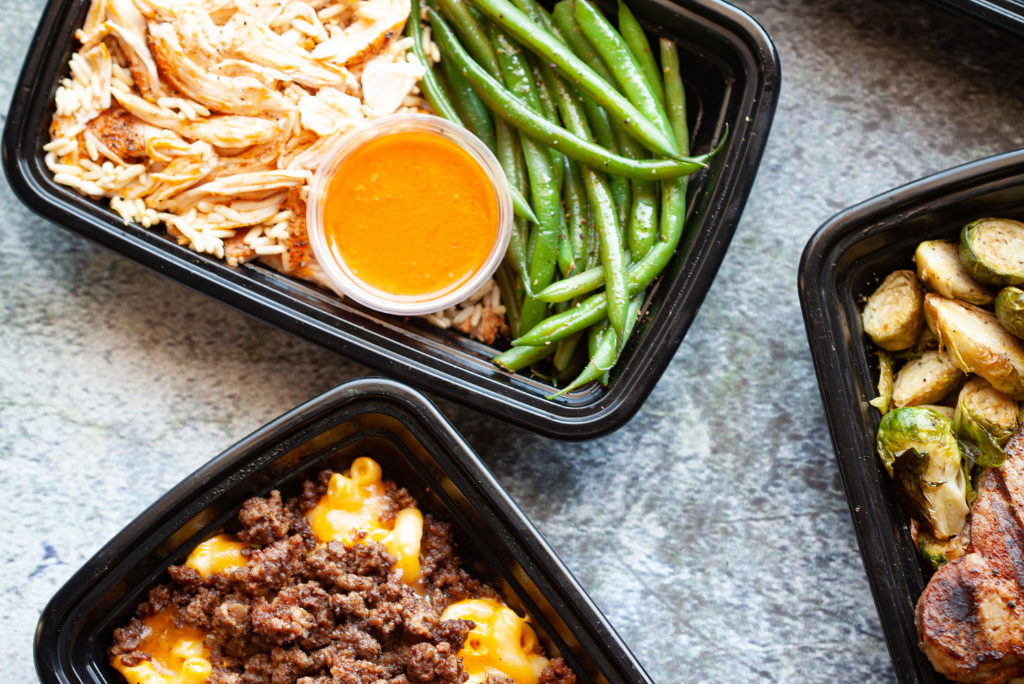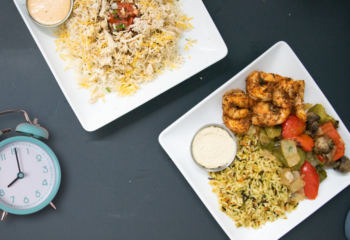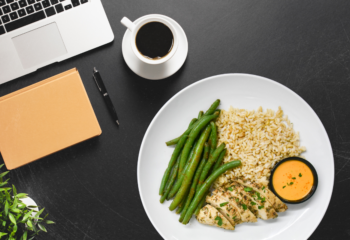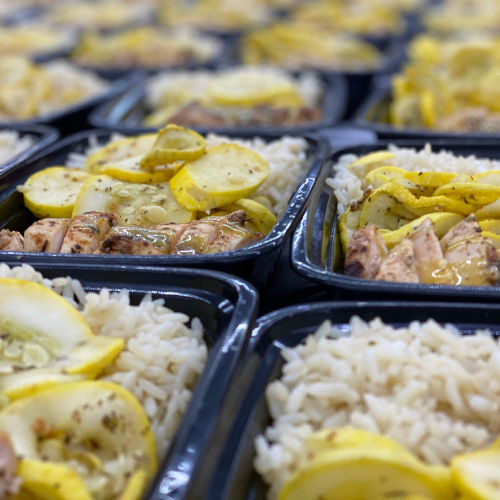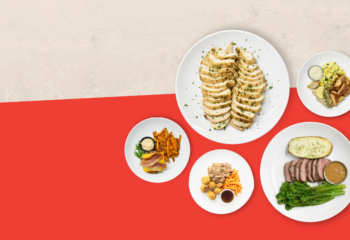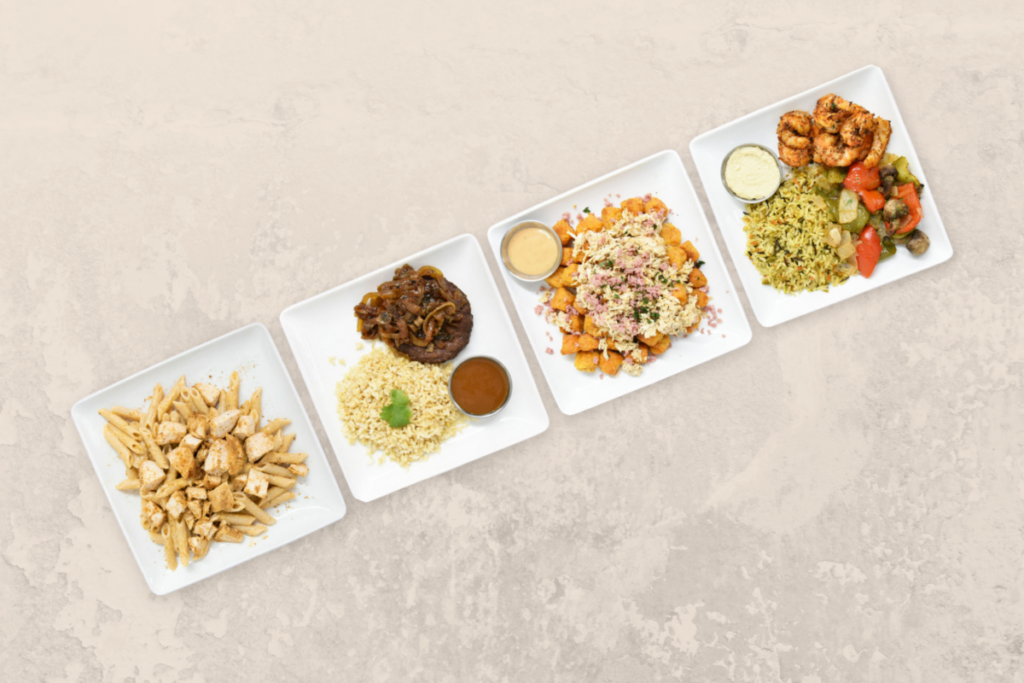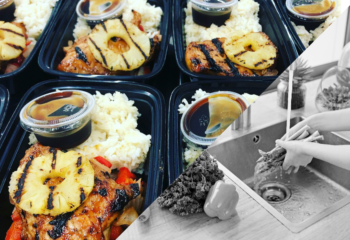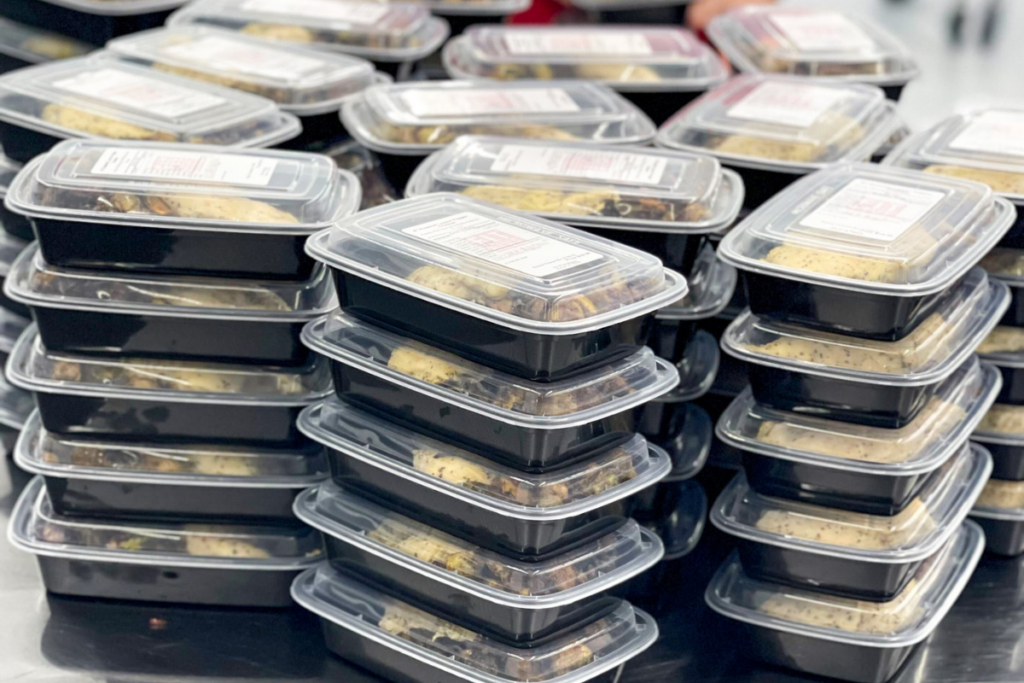Finding time to prepare quick healthy meals can be a challenge, especially for busy families. The demands of work, school, and extracurricular activities often leave little room for planning and cooking nutritious dinners. This is where Fit Five comes to the rescue! Let’s explore the time-saving benefits of Fit Five’s ready-made meals for families, and how we can help you maintain a healthy lifestyle without the stress and hassle of meal preparation.
Save Time With Fit Five
Time is a precious commodity, and many families find themselves struggling to balance work, school, and family commitments. The thought of spending hours in the kitchen can be overwhelming, but with Fit Five, you can reclaim that time for more important things.
Our ready-made meals are designed to save you valuable time. While dining out can take up to 1.5 hours per meal, and cooking at home can consume 1-2 hours (or even 3-4 hours with kids), Fit Five takes less than 2 minutes to heat up and is ready to eat. Imagine all the things you can accomplish with the time you’ll save by not having to plan, shop, prep, and cook every meal from scratch!
Save Money with Fit Five
Eating out at restaurants or ordering takeout can quickly add up, leaving a dent in your wallet. Fit Five offers an affordable alternative that doesn’t compromise on quality or taste. The average cost of a Fit Five meal is just $10-13, making it a budget-friendly option for families.
One of the significant cost-saving advantages of Fit Five is that there is no wasted food. Our meals are pre-portioned, so you won’t find yourself throwing away unused ingredients or leftovers. With Fit Five, you pay for what you eat, and nothing goes to waste.
Eat Healthy With Fit Five
Maintaining a healthy diet is crucial for the well-being of your family. Fit Five understands the importance of nutrition, and our meals are carefully crafted to support your active lifestyle. We offer a variety of options to cater to different dietary preferences and goals.
Our chefs use fresh, high-quality ingredients to prepare meals that are not only nutritious but also delicious. Whether you’re looking to lose weight, build muscle, or simply eat better, Fit Five has you covered. We take the guesswork out of meal planning, ensuring that every bite contributes to your health and performance goals.
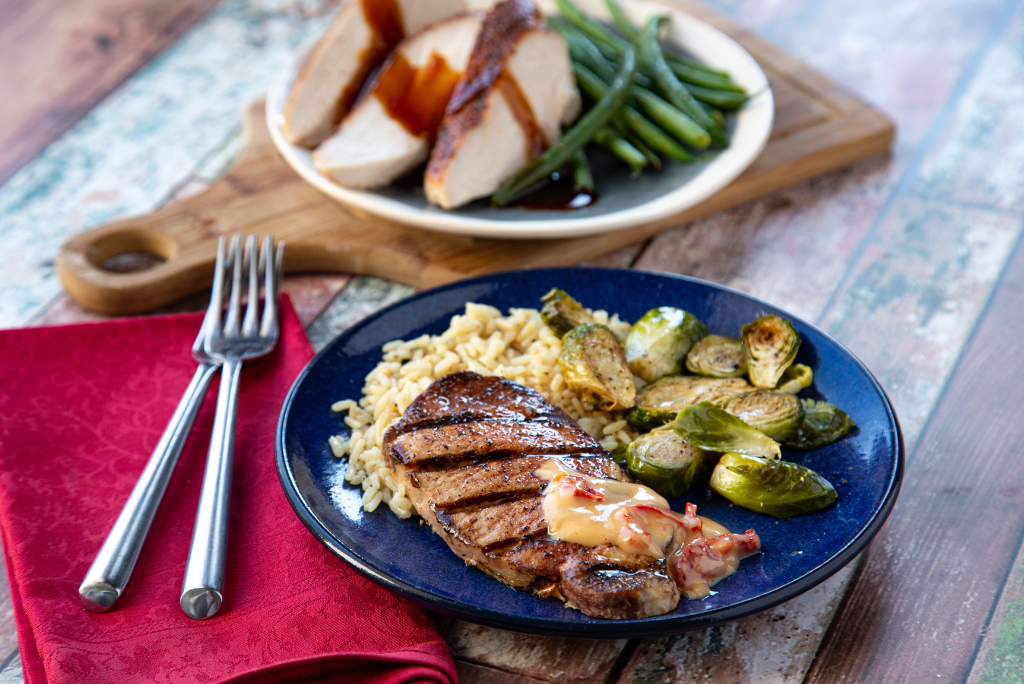
Eat Enjoyably with Fit Five
Variety is the spice of life, and at Fit Five, we embrace it wholeheartedly. Our skilled chefs constantly innovate and add flavorful new menu items each week to cater to different tastes and dietary preferences. This means that you and your family can enjoy a diverse range of dishes without ever getting bored.
From savory to sweet, and from classic favorites to exotic flavors, Fit Five’s menu has something for everyone. Whether you like low-carb, gluten-free, or high-protein meals, we have options that will tantalize your taste buds and leave you craving for more.
Consistent Meal Schedule
A consistent meal schedule is crucial for children’s development and your family’s overall health. Our quick healthy meals make establishing a regular eating routine easier, ensuring your family gets the necessary nutrients at the correct times.
We prioritize the quality of our meals. We have a rigorous process to ensure that only the best ingredients go into each dish. This commitment to quality assures families that they’re not just getting quick meals but top-notch, wholesome food.
Quick Healthy Meals Made Easy
We offer a comprehensive solution for busy families looking to maintain a healthy diet without the time-consuming hassle of meal preparation. Our ready-made meals save you time, with each meal ready to eat in less than two minutes. They also save you money, with affordable prices and no food wastage. Lastly, we minimize the effort required, as you can conveniently pick up your meals for the week at one of our locations or have them delivered to your doorstep in select areas.
Don’t let the chaos of modern life compromise your family’s nutrition. Experience the convenience, taste, and health benefits of Fit Five’s ready-made meals. Say goodbye to the stress of meal planning and hello to more quality time with your loved ones.

